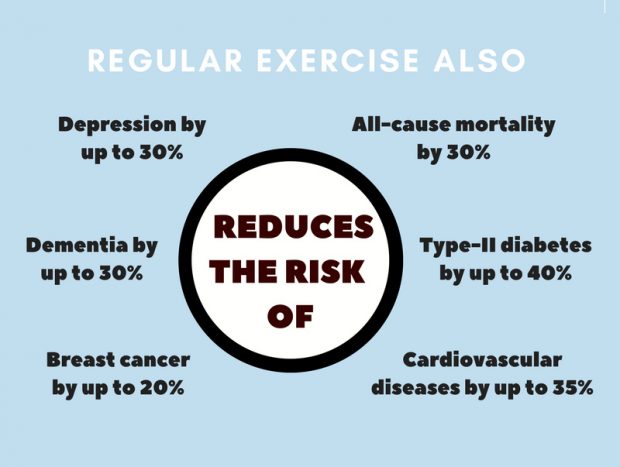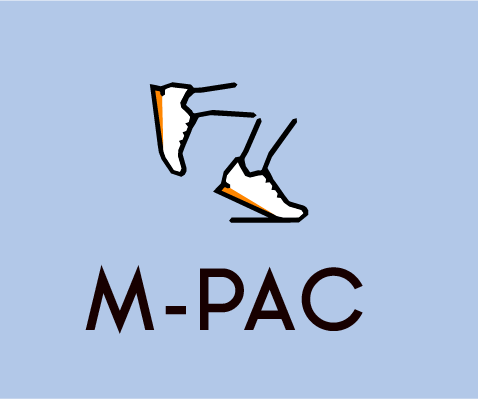Why Physical Activity is Worth It
It’s a new year! This January, do you feel like you should get more active? Perhaps you have even committed to a resolution to incorporate physical activity into your life. This would be unsurprising, as most of us understand that physical activity is “good” for us. However, just in case anyone is unclear, we’re kicking off this blog by touching on just how incredibly powerful and beneficial physical activity truly is, for both body and mind.
Let’s start with the physical benefits. It really is difficult to overstate the importance of physical activity for health, which is widely accepted as a preventative measure for numerous health risks. In fact, there is compelling evidence that physical activity is associated with a reduced risk of premature mortality and over 25 major chronic medical conditions including coronary heart disease, some cancers, diabetes, and musculoskeletal disorders, to name just a few*. These aren’t small effects that we’re talking about – regular physical activity has been shown to reduce all-cause mortality by 30-40%, which is an extremely impressive statistic. Clearly, regular heart-pumping activity has incredibly powerful effects on the body!
You may be wondering just how much physical activity is needed to reap these benefits. Guidelines recommend adults should accumulate 150 minutes of moderate to vigorous physical activity per week. Keep in mind that some physical activity is better than none! Research shows that even small changes in physical activity can lead to significant changes in health status.
Now let’s talk about the mental health benefits of physical activity, which are numerous. There is convincing evidence that physical activity improves well-being, reduces depression and anxiety, enhances cognitive function and improves overall quality of life*. Physical activity can also boost productivity, reduce stress, and improve performance and mood in the workplace.
Taken together, the list of benefits is long, impactful, and has amazing scope. It could be argued that if physical activity were a medicine, it would likely be the most prescribed pill worldwide! In terms of behaviours worth changing, physical activity should be at the top of everyone’s list.
So, this January, as you endeavour to get more active, we urge you to reflect on how physical activity affects you. How do you feel when you’ve had your daily dose of physical activity? Perhaps exercising gives you more energy throughout the day, puts you in a better mood, contributes to your productivity at work, allows you to feel more confident, or helps you sleep better. Maybe it simply makes you feel more relaxed! What does physical activity do for you? Finding your own daily benefits just may be the first step in adopting physical activity into your routine.
Indeed, knowledge of the benefits is the first step in becoming active as it helps us form positive intentions. The process of intention formation is necessary for eventual physical activity adoption. In fact, the M-PAC framework hypothesizes that thoughts about the outcomes, or in this case benefits, may “influence intention formation and initiate regulatory processes to enact this intention” (Rhodes, 2017, p.190). Check back for a monthly post about how embracing the M-PAC framework may help you become a regular exerciser!
*References/Further Reading
Bize, R., Johnson, J. A., & Plotnikoff, R. C. (2007). Physical activity level and health-related quality of life in the general adult population: A systematic review. Preventive Medicine, 45(6), 401-415.
Conn, V. S., Hafdahl, A. R., Cooper, P. S., Brown, L. M., & Lusk, S. L. (2009). Meta-analysis of workplace physical activity interventions. American Journal of Preventative Medicine, 37, 330-339.
Rhodes, R.E. (2017). The evolving understanding of physical activity behavior: A multi-process action control approach. In A. J. Elliot (Eds.), Advances in Motivation Science (4th ed., pp. 171-205).
Rhodes, R. E., Janssen, I., Bredin, S. S. D., Warburton, D. E. R., & Bauman, A. (2017). Physical activity: Health impact, prevalence, correlates, and interventions. Psychology & Health, 32(8), 942-975.






